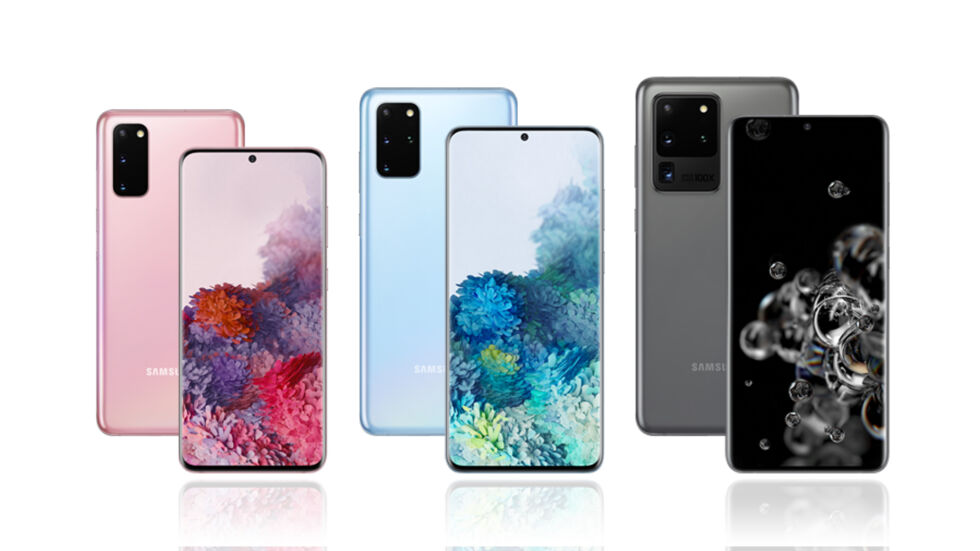Samsung Galaxy S20 vs. iPhone 11 Pro: A deeper division lurks beneath the spec sheets

Samsung's new Galaxy S20 phones. [credit: Samsung ]
Flagship phones like the just-announced Samsung Galaxy S20 or the iPhone 11 Pro get a lot of the marketing and press hype, but most people aren't buying. The small percentage of consumers who are buying face a difficult choice that's about much more than just benchmarks, specs, or camera features.
A recent NPD report claimed that fewer than 10 percent of Americans buy flagship smartphones (in this case, defined as phones costing more than $1,000). After a year of smartphone shipments and revenues gradually sliding down a hill, global smartphone shipments finally grew in the fourth quarter of 2019-but only by one percent. Of the market's 369 million units in Q4, Apple shipped 78 million iPhone 11 models, and Samsung shipped 71 million. In other words, Samsung and Apple together accounted for 40 percent of the smartphones hitting the market. Looking at what they're doing tells us a lot about what today's priorities are.
When you look across the whole product lineups of these two companies, you see very different strategies. But at the top of each line, the phones are mostly similar. The latest flagship smartphones from these market behemoths focus on cameras and screens above all else, and on those counts, the Samsung Galaxy S20 and the iPhone 11 Pro aren't actually that radically different from one another.
Read 93 remaining paragraphs | Comments